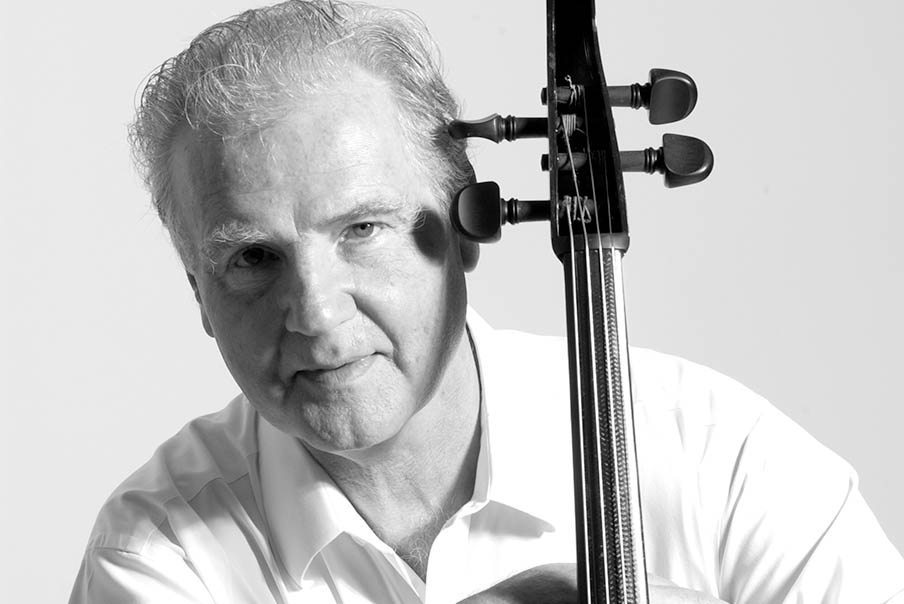Luis Leguia, cellist and pioneer of carbon fibre instruments has died, aged 89. Leguia had a wide-ranging career as a cellist in the Boston Symphony Orchestra for 44 years and as an inventor, notably designing carbon fiber instruments for Luis and Clark.
Leguia was born in 1935 and was brought up by his mother, who worked as a secretary, in Los Angeles, CA. Most of his childhood was spent moving between boarding houses and he began playing the cello at the relatively late age of 15.
He trained as a cellist at the École Normale de Musique de Paris and the Juilliard School in New York City, studying with Arthur van den Bogaerde, Kurt Reher, Andre Navarra, Leonard Rose, and Pablo Casals.
Upon realizing that he would not be able to graduate from Juilliard with a diploma, due to his lack of a high school qualification, Leguia left Juilliard and joined the Army Band. He also performed with the National Symphony, the Houston Symphony at the invitation of Leopold Stokowski, and the Metropolitan Opera Orchestra. He joined the Boston Symphony in 1963, where he played until his retirement in 2007.
Leguia played concertos and solo recitals on several continents, making tours through the US, Canada, Europe, South Africa, Lebanon, Ethiopia, and Syria, as well as 15 solo tours of South America. He gave masterclasses all over the world and was the chair of the Boston Conservatory cello department for nearly a decade.
He premiered numerous works, including the Boston premiere of Schoenberg’s Cello Concerto, and the world premiere performances of works by Robert Parris, Pamela J. Marshall, Vincent Frohne, Robert Evett, Edgar Valcarcel, and Josep Soler.
Leguia’s passion for sailing led him to explore carbon fiber innovations in instrument making. According to a tribute published by Luis and Clark, he started thinking about resonance while out on his catamaran, as he felt the hulls humming.
’He realized how the old boats were made, and seeing the new fiberglass ones and the ultra-sophisticated boats in carbon fibre, made him think those materials might make a great medium for a cello.’
Leguia considered that an instrument made from carbon fiber could be lighter, more responsive, and very strong. Developing ideas over eleven years, Leguia made his prototype in 1990 from fiberglass. This was followed by two more prototypes, with the final one comprising three pieces: one for the back, side, and neck, another for the top, and the final for the fingerboard.
With his wife Stephanie, Leguia thought that his creation was of quality on par with traditional instruments, and could be sold to players who could not afford wooden instruments. He began collaborating with Steve Clark, a carbon fiber product manufacturer whom Leguia met through his sailing connections. Leguia and Clark worked together to get the instruments up to a point where they were commercially viable, after which, Leguia brought on Matt Dunham as the current fabricator since 2002.
Leguia went on to invent the carbon fiber violin, viola, and double bass, in addition to the cello.
Following his retirement from the Boston Symphony Orchestra, Leguia continued to perform as a soloist and work actively with Luis and Clark, checking each instrument that leaves the shop.

